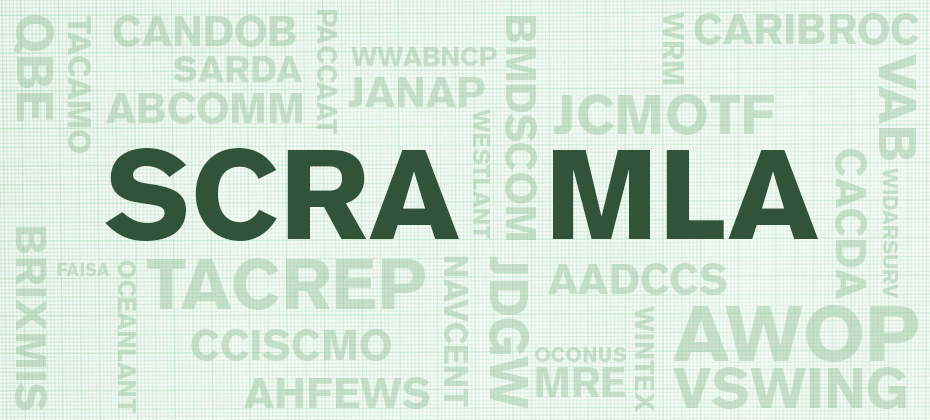With the Oct. 3, 2016 compliance date upon us, many lenders continue to debate how they would like to solve for the Military Lending Act (MLA).
With new enhancements, more protections have been granted to members of the military and their dependents when it comes to “consumer credit” products, specifically around the 36% cap on the MAPR.
The key then becomes how to identify these individuals. At origination, how can the lender know if an individual is a member of the military, or a service member’s dependent?
The answer, of course, lies in verification.
Under the new Department of Defense (DOD) rule, lenders will have to check each credit applicant to confirm that they are not a service member, spouse, or the dependent of a service member.
The final rule includes a “safe harbor” from liability for lenders who verify the MLA status of a consumer through a nationwide Credit Reporting Agency (CRA) or the DOD’s own database, known as the DMDC.
Obviously, lenders will want to have this “safe harbor,” so the question becomes do you opt for the direct or indirect solution?
The direct solution is to have the lender access the DMDC on their own. With this option, expected turnaround time is 24 hours for batch searches. The DMDC expects the volume of searches to their servers to increase from 220 million a week to 1.9 billion a week. For some, this feels like a more manual process, but it can be done.
The indirect solution involves the CRA accessing the DMDC data on the lender’s behalf. In Experian’s case, this would translate into lenders seeing the MLA indicator on the credit report at point of origination or making a call out for just the MLA indicator. The process is integrated into the credit-pull cycle, so no manual effort is required on the lender’s end. MLA status is simply flagged. The rule also permits the consumer report to be obtained from a reseller that obtains such a report from a nationwide consumer reporting agency.
Required data to perform a search includes full legal name, address, social security number and date of birth. This applies to both the credit report add-on and Experian’s standalone solutions. If any of this data is missing from the inquiry, Experian is unable to perform the MLA search.
Credit card lenders have until Oct. 3, 2017 to adhere to the new standards, but all other applicable lenders must act now and build out their compliance standards and solutions.
Direct or indirect? That is the question.
To learn more about MLA or how Experian can help, visit our dedicated-MLA site.



